|

|
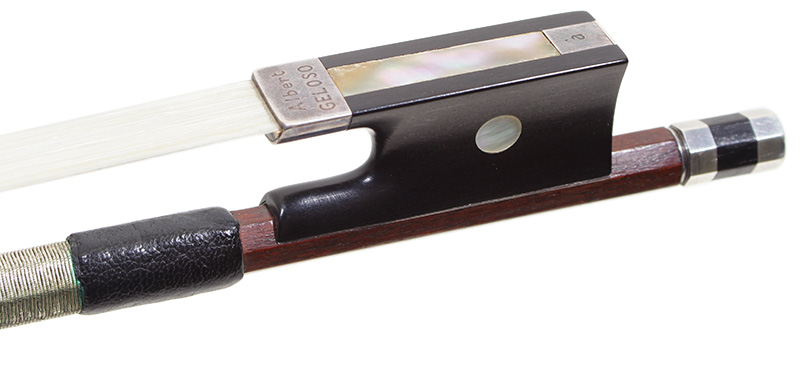
Born to a violin maker, Joseph Alfred Lamy (1850-1919) began to study bow making with Nicolas Husson in Mirecourt at the age of 12. At this time in Paris, mainstream in bow making style was moving from that of Peccatte's to Voirin's. Peccatte bows are usually very strong, showing influences by late Tourte (1747-1835). On the other hand, Voirin bows are swan shaped with some roundness which was influenced by early Tourte.
 Lamy moved to Paris when he was 26, and started to work at Voirin's. Lamy improved so much in this period, and had grown to be as good as his master. After Voirin's death, Lamy opened his own workshop, at the age of 36. His bows became more elegant and subtle, producing so called “Lamy Tone” with special softness. This was the beginning of his best period.
Lamy moved to Paris when he was 26, and started to work at Voirin's. Lamy improved so much in this period, and had grown to be as good as his master. After Voirin's death, Lamy opened his own workshop, at the age of 36. His bows became more elegant and subtle, producing so called “Lamy Tone” with special softness. This was the beginning of his best period.
At the age of 39, Lamy meets 18 years old Eugene Saltory, who later became one of the greatest bow makers in the 20th contury. Saltory's very early works show clear influences by his senior.
After receiving the gold medal in the competition in Paris, at 50, Lamy became one of the most influencial bow makers for all the followers, including his sons, George Leon and Hippolyte Camille.
Unlike many other violin or bow makers, Lamy did not change his style, delicate subtlety and elegance, throughout his life.
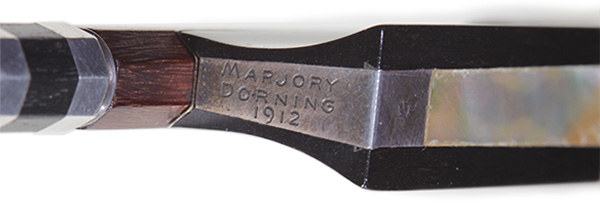 This “ex Geloso” by Lamy has a carved seal “Majory Dorning” on the heel plate of the frog, and is carved “Albert Geloso” on the ring. Between those two, another carving “à” is on the heel plate, meaning “made for” in English.
Three of them altogether mean “the bow was ordered by Majory Dorning for Geloso”.
This “ex Geloso” by Lamy has a carved seal “Majory Dorning” on the heel plate of the frog, and is carved “Albert Geloso” on the ring. Between those two, another carving “à” is on the heel plate, meaning “made for” in English.
Three of them altogether mean “the bow was ordered by Majory Dorning for Geloso”.
| |
| | | | | | |  Albert Geloso Violinist (1863-1916) Albert Geloso Violinist (1863-1916)
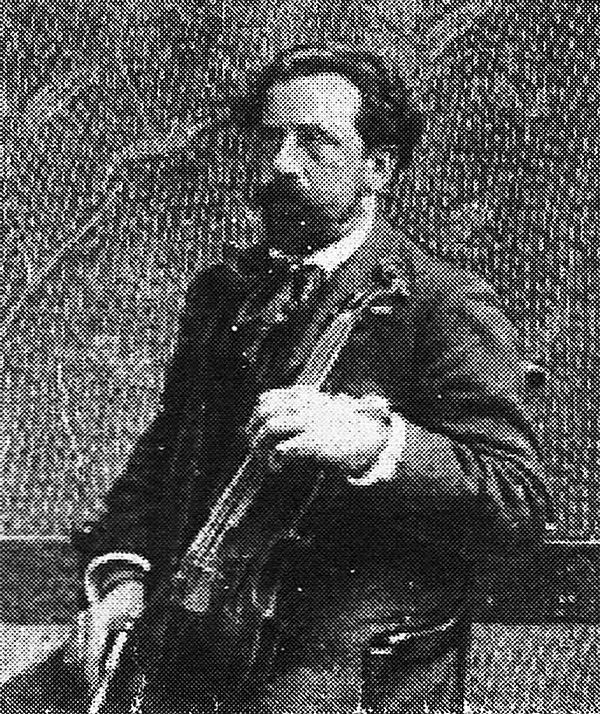
Albert Geloso was a reknowned and well appreciated violin soloist and founder of the “Quatuor Geloso”.
The “Journal Musical” of Paul Klee states that he played the 3rd concerto and other solo pieces by Saint-Saens in October 1902 in the theatre of Bern.
The Quatuor Geloso consisted of: Albert Geloso (1st violin), Lucien Capet (2nd violin), Pierre Monteux (viola), Frédéric Schneklüd (cello). Brahms enjoyed the way the Quatuor Geloso played his his music. This group was actually the resident quartet of a new Beethoven Society, founded in 1889 by Pierre Chevillard's son Camille with Charles Lamoureux, Chabry and d'Indy. Given the task of playing the late quartets every season, 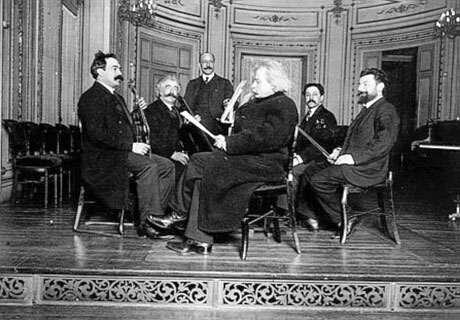 it was led by the Spaniard Albert Geloso. Lucien Capet was second violinist for a time; and it had a succession of brilliant violists including Louis van Waefelghem, Pierre Monteux and Louis Bailly. it was led by the Spaniard Albert Geloso. Lucien Capet was second violinist for a time; and it had a succession of brilliant violists including Louis van Waefelghem, Pierre Monteux and Louis Bailly.
| | | | | | | |
| |
|
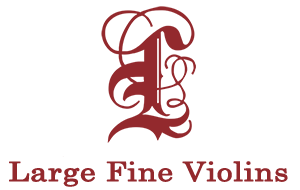
|
|
|

